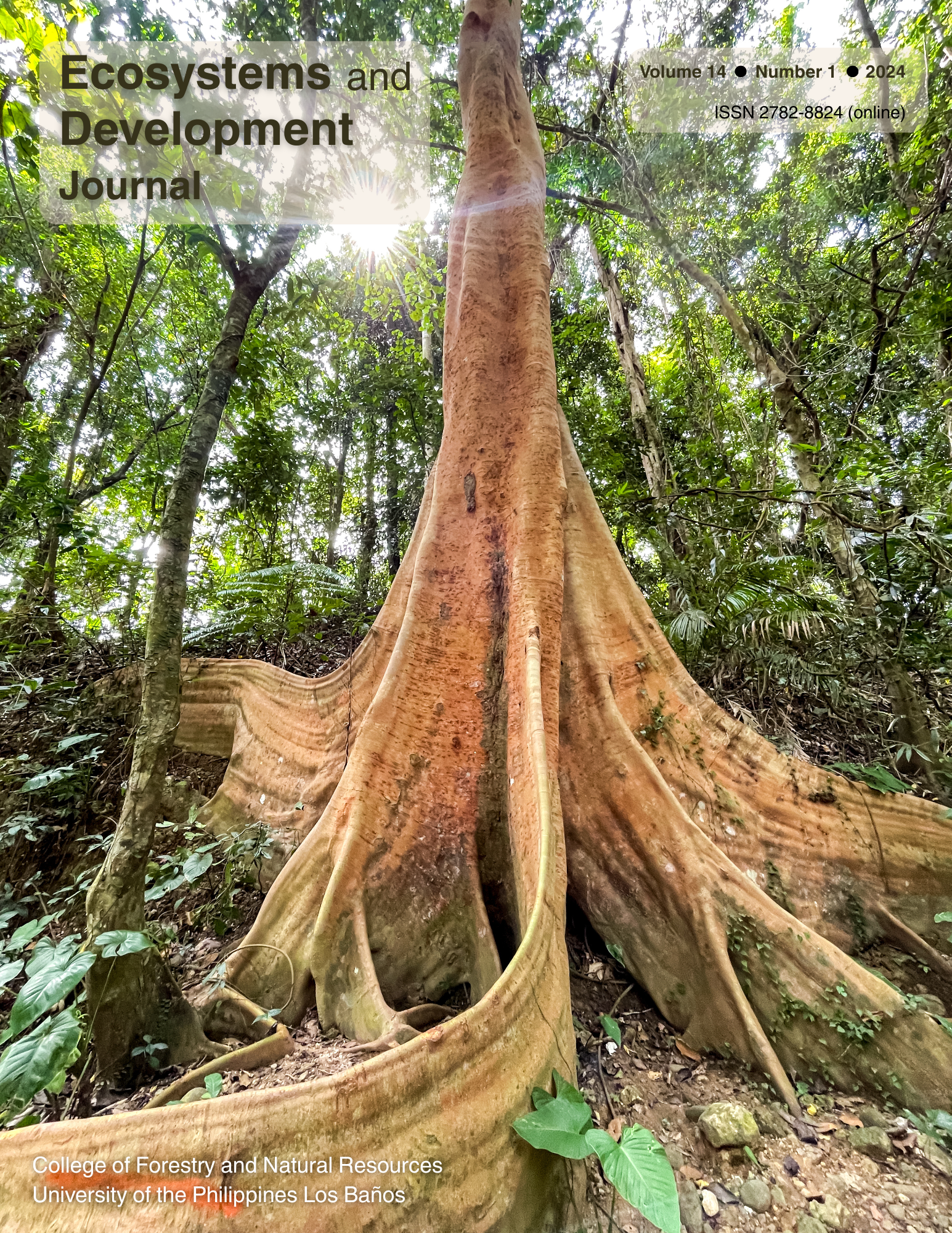A systematic review of medicinal nickel hyperaccumulator plants in Southeast Asia: A phytochemical perspective
Abstract
Nickel (Ni) hyperaccumulators are unique plants that can accumulate high levels of Ni in their tissues without suffering from toxicity and garner attention due to their phytoremediation and ethnomedicine potentials. This study aimed to provide a list of Ni hyperaccumulators found in Southeast Asia, their geographic distribution, conservation status, phytochemistry, and medicinal properties based on research findings from various literatures and propose conservation measures for potential medical hallmarks. A systematic approach was employed by adhering to the Preferred Reporting Items for Systematic Items and Meta-Analyses (PRISMA) guidelines to gather data from various scientific sources, which resulted in the analysis of 55 Ni hyperaccumulators. The principal component analysis (PCA) was used to identify the correlation between the plant orders and the three components in which the positive and negative correlations exhibit the relationship of plant orders to the presence of medicinal plants, phytochemicals, and biological activities. The PCA revealed that Ericales (0.98), Malpighiales (0.95), and Myrtales (0.92) showed strong associations with medicinal properties and phytochemical diversity. Furthermore, the results indicated that 16 species (29%) possess documented medicinal properties, with the family Phyllanthaceae being particularly well-represented. Key phytochemicals such as alkaloids, flavonoids, and phenolics, known for their antimicrobial, antioxidant, and anti-diabetic properties, were identified. However, 39 species (71%) remained unexamined for medicinal efficacy, highlighting a critical research gap. This highlights the need for further exploration of the pharmaco-medical properties of unstudied species. To safeguard their ecological and medicinal value, conservation efforts need to be prioritized in ultramafic ecosystems, where these plants predominantly thrive. Ni hyperaccumulators hold significant therapeutic potential; therefore, further research is essential to uncover their medicinal applications and broaden their contributions to ethnomedicine and phytochemistry.


